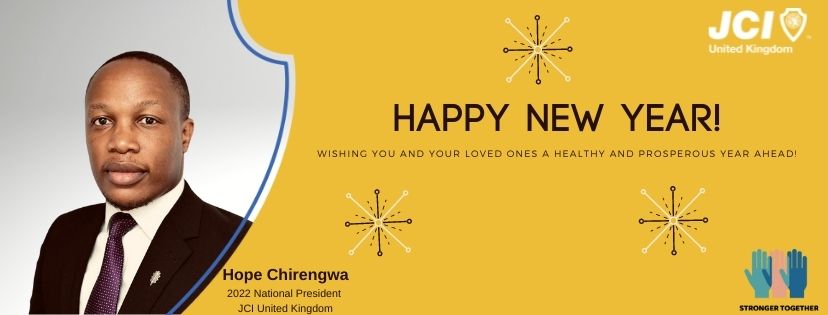JCI World Congress Nov 2014: On the Brandenberg Renewable Energy Tour
JCI World Congress Nov 2014: On the Brandenberg Renewable Energy Tour

JCI Sheffield member Alex Biddle attended his first JCI World Congress event in Leipzig, Germany in November and took full advantage of the business tours.
The coach drove past a field of blue panels pointing upwards to the sky. The area used to be a restricted zone during the German Democratic Republic and now provides jobs for the people who help keep the panels ready to generate up to 33MW when the sun shines. This is equivalent to around 15 wind turbines, or about enough electrictity to power 6000 homes.
That morning over Brandenberg clouds covered the sky. However during some sunny and windy days, Germany can already meet is entire electricity needs from renewable technologies. Germany's success in reaching such a high renewable capacity has been thanks to a law called the "EEG", which guarantees a fixed feed-in tariff rate for electricity generated by renewable methods and provides a purchase guarantee from the German national grid. It guarantees not only electricity generated by the solar parks, but also to the German public.

The EEG has resulted in a large number of distributed renewable generators and has created a demand for transformers and electrical equipment necessary to feed the electricity into the national grid. Today we were visiting uesa, who service and manufacture the technology to transform the low-voltage electricity to make it suitable for transportation. Uesa's grey transformer boxes can be seen on many street corners in Germany.
At the uesa production plant, the director of the company takes phone calls in between the English-language promotional video. His business is doing well and they have recently started exporting to Mongolia. They are a medium sized company and this is something that gives them an ability to adapt quickly to their customers' needs. In contrast to the just-in-time global supply chain, they manufacture their products from components to final product in-house, which allows them to inspect components through all stages of the manufacturing process.
The firm is part of what is called in Germany the "Mittelstand", which is the word used to describe Germany's multitude of small and medium sized businesses. These are almost entirely owned and managed by families and have proved particular resilient during the global recession. Their strength is most likely due to the fact that families are not willing to risk their livelihood and what could be generations of work, and accordingly have a "high equity ratio and a cautious approach to expansion". In 2012 the German government began the "Mittelstand Initiative", which is aimed to raise the international profile of Germany's small businesses.
Next on the renewable energy tour was the Danish company Vestas, who in addition to Germany, manufacture wind turbines all over the world, including in the US, India and China. They assemble the wind turbine blades in a several cathedral-like warehouses. First they make an inner "spar" by a process of layering sheets of carbon fibre. The spar then supports the aerodynamic outer shell of the blade, which is made in two parts and closed together much like a "waffle iron". Finally the blades are smoothed and laquered, so they are as aerodynamically efficient as possible. The blades are susceptible to lighting, so a lightning rod is embedded along the spar, to prevent the wind turbine from catching fire and turning into something out of The War of the Worlds.

Later in the day the slide presentation was abandoned for a general discussion about the company. Why did Vestas choose the German town of Lauchhammer for their factory? The answer was that it was the manufacturing history of the town that was important. The emphasis on quality is not only a physical manufacturing process, but also depends on the culture inside and outside the company. A high employee churn and is not much use in the search for quality, and Vestas have a high number of senior employees.
During the day we saw a little window of the renewable energy and technological industries in Brandeberg and Saxony. Back at the conference centre in Leipzig, there were many other stands advertising the other high-tech and green companies in the region. The situation today is a lot different to when the states emerged from the German Democratic Republic and were faced by a joint economic and environmental crisis. Many industries had to close when they were no longer competitive in the new global markets, or were shut down because of their unsafe waste-disposal and pollution-levels.
However with the help of investment from West Germany, Saxony and Brandenberg have not only created new jobs, but have also started to clean up the environment. Economic and environmental development are often portrayed as an either-or prospect, but Germany's reunification has shown that this is not necessarily the case. The strong government commitment to the EEG and the recognition of not only the larger firms, but also the dependable Mittelstand, show that Germany is committed both to environmental and economic sustainability.

